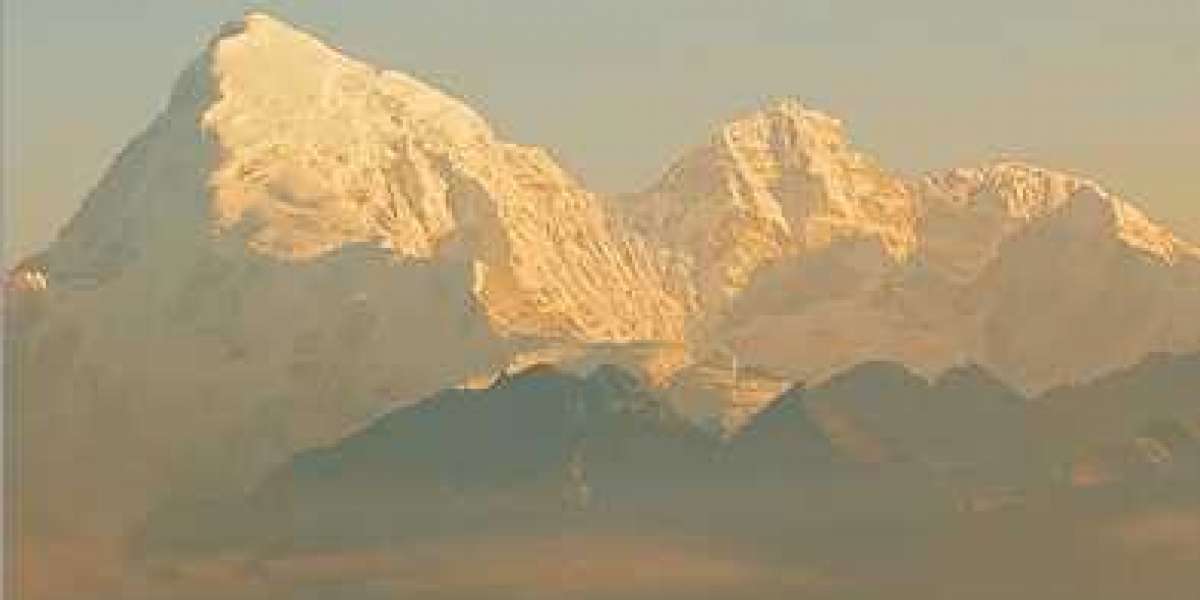Nestled in the eastern Himalayas, the kingdom of Bhutan is often referred to as the "Land of the Thunder Dragon." This mystical realm is renowned for its breathtaking landscapes, rich cultural heritage, and a commitment to environmental conservation that is deeply ingrained in its national identity. But beyond its picturesque scenery and cultural richness, Bhutan is also home to a remarkable diversity of avian life. Its lush forests and pristine mountain ranges provide habitat to a wide array of bird species, making it a birdwatcher's paradise.
In recent years, the importance of preserving Bhutan's avian treasures has gained momentum, and bird photography has emerged as a valuable tool in this conservation effort. In this blog post, we'll explore the significance of Bhutan's avian biodiversity, the role of bird photography in conservation, and how it contributes to the broader context of protecting the world's fragile ecosystems.
Bhutan's Avian Diversity: A Jewel in the Himalayan Crown
Bhutan's unique geography, characterized by soaring peaks and deep valleys, contributes to its remarkable biodiversity. It is situated at the crossroads of several biogeographic regions, making it a hotspot for bird diversity. With over 700 recorded species, Bhutan's avian fauna includes a stunning variety of birds, from the iconic Himalayan Monal to the elusive Satyr Tragopan. The kingdom's diverse habitats, ranging from subtropical forests to alpine meadows, provide homes for birds of all shapes, sizes, and colors.
One of the most famous and enigmatic residents of Bhutan's forests is the endangered Black-necked Crane. These elegant birds are revered by Bhutanese culture and have become symbols of the country's commitment to conservation. Their annual migration from Tibet to Bhutan is a spectacle that draws both locals and tourists, showcasing the interconnectedness of Bhutan's cultural and natural heritage.
However, Bhutan's avian treasures are not without threats. Habitat loss due to deforestation, infrastructure development, and the effects of climate change pose significant challenges to bird populations. The kingdom's conservation efforts are dedicated to addressing these issues, and this is where bird photography comes into play.
The Role of Bird Photography in Conservation
Bird photography is more than just capturing stunning images of these feathered wonders. It plays a pivotal role in conserving Bhutan's avian treasures in several ways:
Raising Awareness: Bird photography has the power to evoke a sense of wonder and appreciation for Bhutan's avian diversity. Through captivating images, photographers can introduce people to the world of birds and ignite a passion for conservation.
Documentation and Research: Bird photographers often double as citizen scientists. They record valuable data on bird behavior, distribution, and population trends. This information is vital for research and conservation efforts, helping scientists and conservationists understand the needs of these birds better.
Advocacy: Photographs can be powerful tools for advocacy. Eye-catching images of Bhutan's avian treasures can be used to garner support for conservation initiatives, both within the country and internationally. They can serve as visual ambassadors for the cause.
Education: Bird photography can be a valuable educational tool. In Bhutan, it can be used to teach local communities about the importance of preserving their natural heritage. It can also inspire the next generation of conservationists by showcasing the beauty of birds and their habitats.
Economic Benefits: Birdwatching and bird photography tourism can provide economic incentives for local communities to engage in conservation efforts. By attracting visitors interested in birding, Bhutan can promote sustainable tourism that benefits both people and wildlife.
Challenges and Ethical Considerations
While bird photography has immense potential as a conservation tool, it also comes with challenges and ethical considerations. One significant challenge is disturbance to wildlife. Overzealous photographers may inadvertently stress birds or disrupt their natural behaviors. To address this, responsible bird photographers adhere to a code of ethics that prioritizes the welfare of the birds and their habitats.
Ethical bird photography in Bhutan involves:
Respecting Distance: Maintaining a respectful distance from birds to avoid causing stress or disrupting their routines.
Patience and Observation: Waiting patiently for the right moment to capture a photograph without disturbing the birds.
Conservation Contribution: Supporting local conservation initiatives and contributing to the protection of bird habitats.
Education: Educating fellow photographers and tourists about responsible birdwatching and photography practices.
The Global Significance of Bhutan's Conservation Efforts
Bhutan's commitment to conservation extends beyond its borders. The kingdom is part of a global effort to protect migratory bird species that traverse across international boundaries. Bhutan's pristine habitats provide crucial stopover points for migratory birds, making the country an integral player in global bird conservation.
The Black-necked Crane, for example, is not only a symbol of Bhutan but also a flagship species for transboundary conservation. These cranes travel from the Tibetan Plateau to Bhutan during their winter migration, highlighting the importance of preserving their habitats along their entire journey.
Bhutan's conservation efforts serve as an inspiring example to the world. Its focus on holistic well-being, as encapsulated in the Gross National Happiness index, goes hand in hand with its commitment to preserving the natural environment. This approach recognizes that the well-being of its citizens is intertwined with the health of its ecosystems.
The lessons learned from Bhutan's conservation journey can be applied globally, reminding us all of the importance of maintaining a harmonious relationship with nature. As climate change continues to impact habitats and species worldwide, Bhutan's model of sustainable development and conservation becomes increasingly relevant.
Conclusion
Preserving Bhutan's avian treasures is not just a matter of local or regional concern—it's a global responsibility. Bhutan's breathtaking landscapes, cultural richness, and remarkable avian diversity are invaluable assets that deserve our protection. Bird photography, when practiced responsibly and ethically, plays a vital role in this conservation effort by raising awareness, documenting valuable data, advocating for protection, and educating both locals and tourists.
As we admire the beauty of Bhutan's birds through the lens of a camera, we are reminded of the interconnectedness of all life on Earth and the urgent need to preserve the avian treasures that grace this enchanting kingdom. Through the lens of bird photography, we can capture not only images but also the hearts and minds of those who will join us in the important work of conserving Bhutan's avian wonders for generations to come.
also see:
bird watching, eco travels, eco -friendly tourism, nature tourism places, birding tour
cultural tours, eco travels, thunder dragon, adventurous, spiritual
birds of Bhutan, eco travels, bird photography, wildlife tours, Buddhism tour
Eco travels , bird photography, Trashigang festival, cultural heritage, Thrumshingla national park
cultural holiday, Eco travels , bird watching, mammals, flowers
birding, animal watching, nature walk, Eco travels , extinct species
birding tour, Eco travels, cultural tour , best travel agency, Bhutan tour
spring bird, Eco travels, wildlife tour, ecotours, Himalayan Monal
historical sites, Eco Travels , Thimphu, Paro Taktsang, trip to Bhutan








